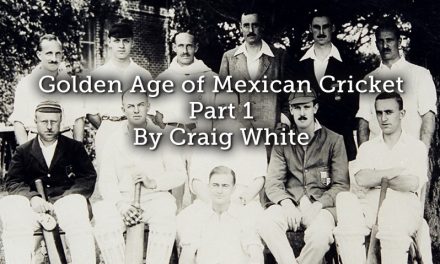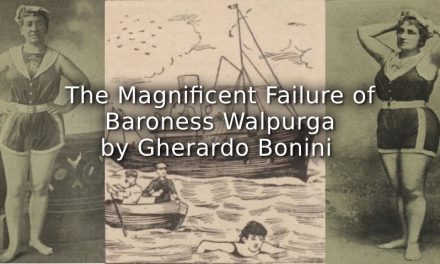This series of papers on The Mitropa Cup competitions by Gherardo Bonini are based on his presentation at the 2019 CESH conference held at the University of Lausanne. The theme of the conference was Youth, Youngsters and Sport from Antiquity to the Modern Day
In the German language, both the terms Mitteleuropa and Zentraleuropa might be translated into Central Europe. However, the first term refers to some historical and cultural concepts. The history of sport hosted references to Mitteleuropa. Before the World War I, Prague and Vienna organized some weightlifting and wrestling Championships, with the participation of athletes belonging to the nationalities of the Austro-Hungarian Empire, but also, inevitably, from Germany. In the Interwar era, football Mitropa Cup was a prestigious competition. Mitropa was merely he contraction of Mitteleuropa. Patterning the successful football event, a Mitropa Cup took place or was proposed for other sports as well.
-
Austria vs. Hungary
International Cup in 1934
Ancestor of the current Champions League, the football Mitropa Cup, was an event reserved for the Central European clubs which took place for 13 editions from 1927 to 1939. In 1940 a little cup with a reduced format remained unfinished, while the Mitropa took place in the summer, at the end of the national leagues, to end in the autumn, adopting a Cup-system, a home/away knockout formula. In parallel, there were also four editions of an International Cup for national teams, which the press of the involved countries, Austria, Italy, Switzerland, Hungary and Czechoslovakia, called the European Cup. It structured over several years, with the league system, i.e. a round robin with home/away matches between all the registered nations. The first edition won by Italy took place between 1927 and 1930, in the second between 1930 and 1932 the Austria’s Wunderteam triumphed, then Italy in 1932-1935, while the Anschluss, the inglobation of Austria by Germany, interrupted a fourth edition tournament. Another International Cup, but for national amateur teams, took place between 1929 and 1930 and Poland won.
- Austrian player Karl Sesta, injured, cannot continue in the match that was particularly violent. The image captures an agitated public and Austrian officials when Sesta was taken off the pitch
Two teams each from Austria, Hungary, Czechoslovakia and Yugoslavia took part to the first Mitropa in 1927 and 1928. From 1929 to 1935, Italy took over Yugoslavia, and since 1934 the clubs representing the nations climbed to four. Since 1936 also four Swiss teams participated, while in 1937 the teams reduced to three per country except for Switzerland (2), the re-entered Yugoslavia (1) and rookie Romania (1). In 1938, the Austrian clubs absent, even the Swiss clubs stood aside. Hungary, Czechoslovakia and Italy entered four teams, Yugoslavia and Romania two . In 1939 the teams reduced to 8, all nations, including the former Czechia reduced to Protectorate Bohemia-Moravia, halved representation of 1938. In 1940, Italy received the German political ally pressures, which accused the environment of Mitropa as a gangster and corrupt, and retired, Hungary and Yugoslavia enrolled 3 teams and Romania 2, the final did not take place.
The Mitropa Cup marked the triumph of Continental professionalism and its desire to maintain a neat separation with amateurism . This stance criticized shamateurism of the Olympics. The matches always ensured high profits, the public’s contribution was substantial , the media coverage was impressive, with significant political implications . Many fans took part in trips that became occasions for social gathering and cultural knowledge, they learned to appreciate the value of skillful players from other nations who became familiar to them like their pets. The International Cup boasted of ascribing the protagonists of two World Cups, 1934 and 1938 (Italy, Czechoslovakia, Hungary)
-
Advertising for hand-watch won by Sindelar.
But the text indicated other owners as Gschweidl (Austria), Rosetta (Italy) and Planicka (Czechoslovakia).
From the late summer of 1926, negotiations led quickly to the establishment of the two European tournaments and key figure was the Viennese Hugo Meisl, which covered the roles of coach of the Austrian national team, but he was also referee, journalist, secretary of his own federation, often attending FIFA meetings and who became the soul of the steering committee managing the two parallel competitions. The Viennese always considered Mitropa a creation of their own, “created in Vienna, and in Vienna it became great” (1) and made it the boast even in the succubus years of Nazism. At the end of 1937, the Austrian veterans proposed a Mitropa Cup for high school students. Mitteleuropa was a familiar space of action, together with Hungary and Czechoslovakia, nations that had been partners of the old Empire and with whom they shared the same football culture, of great technical refinement as of extreme athletic value. Yugoslavia, Romania, Switzerland were similar but peripheral parts of the Central European world. In strict terms, Italy was not part of Mitteleuropa (2), it had been invited and the collaboration had become fruitful and successful. Italy had brought its Mediterranean temper, the competitive sense, the passion of the action and its fans rivaled the spectators of Vienna, Budapest, Prague, Belgrade, Zurich.
-
Cartoon depicting Meisl
under his arm a paper on which can be seen “Miteurop. Cup” the project he wanted to propose
A Steering Committee regulated the activity and the calendar both of the events and met periodically with extreme frequency, at least on the occasion of each national team matches. The Committee decided on the disqualification of players and fields, on fines, on the sharing of game incomes, on the approval of some violent matches which ended up in a riot. Often, British, Dutch and Swedish referees directed matches for the International Cup. The formula of the Mitropa Cup was the subject of debates and proposals, such as the introduction of preliminary rounds before knockout rounds, so a mixture of Cup and League system, or, after 1930, adoption of scheme similar to the Nations Cup hosted in Zurich, i.e. a Cup system Tournament but played in one unique venue. The Cup system remained permanent. The Committee sometimes took extreme decisions. In 1932, the semi-finalists Slavia Praha and Juventus, protagonists of two very rioting matches both in Prague and in Turin, were disqualified, as were Admira and Genova in 1937. In the first case, Bologna won the Cup without playing the final. Repeating matches were often mandated. It is probable that these drastic decisions echoed in the heads of those who ordered the repetition of Peru vs. Austria at the Berlin Olympics of 1936 following the violence of the Peruvian players and the invasion of the field by the fans. This decision was never repeated .
-
Players of Bologna FC receive the Cup won in 1932.
Note : symbols of Savoy and Fascism on the shirts. Normally, they were dressed by Italian champion. In 1932, Bologna FC was not champions, but exceptionally the regime allowed this kit
The Mittel-European block aimed to influence FIFA, but was defeated on the eve of the first World Cup in 1930. Proposals for an alternative formula, or the adoption of that for International Cup, over several years, or the establishment of more qualifying rounds, where the Cup tournament would have been provided one, with relative reduction of teams (and costs ) in the final phase of the World Cup, were rejected by FIFA. The 1934 and 1938 World Cups adopted the Mitropa Cup’s system, but in single matches in a single venue. The qualifying groups were introduced later with the increase of the registered nations.
- On the occasion of Vienna’s victory in Danube and Alpine League (former Austrian League), the journal reminds all the previous successes of the club, including one in Mitropa Cup
To read Part 2 click HERE
Article © Gherardo Bonini

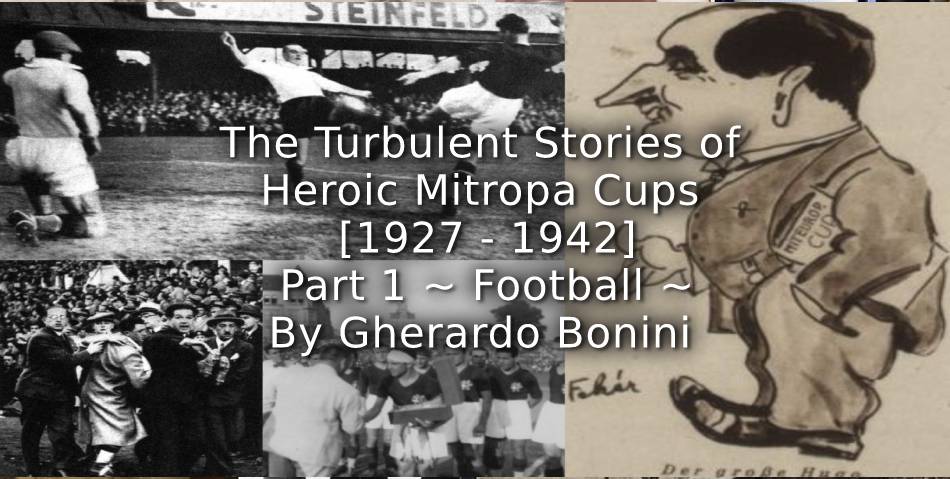
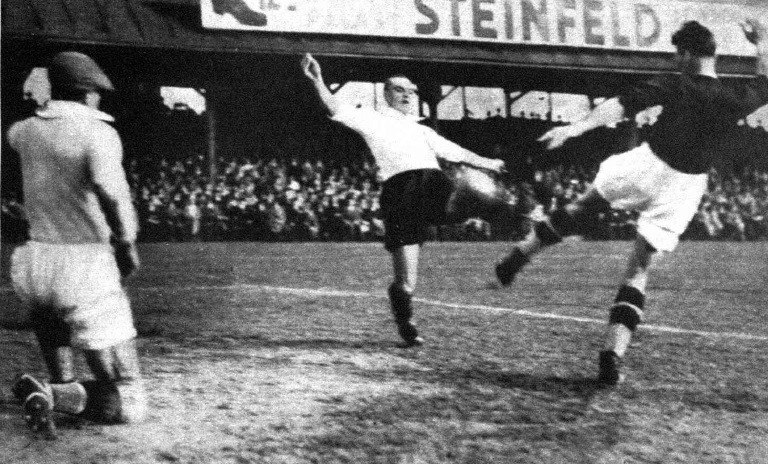
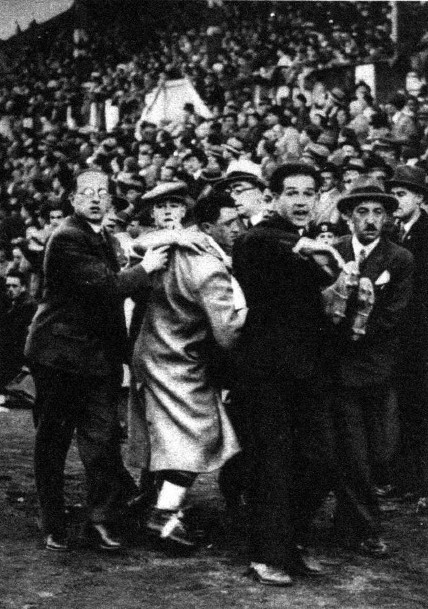
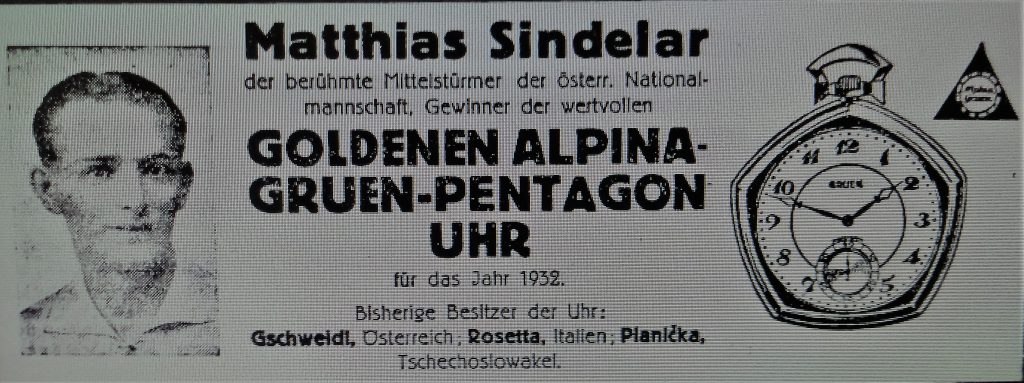
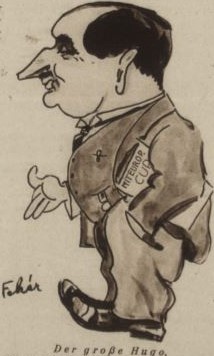
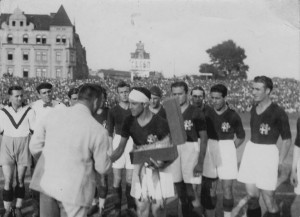
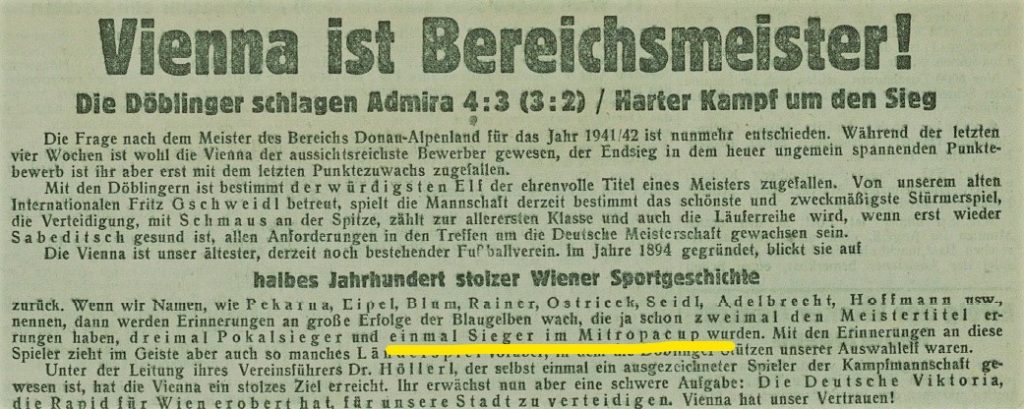
![Playing Football with the Chorus Girls: <br>Vaudeville Women’s Football in Naples [1931]](https://www.playingpasts.co.uk/wp-content/uploads/2020/06/PP-banner-maker-440x264.jpg)

